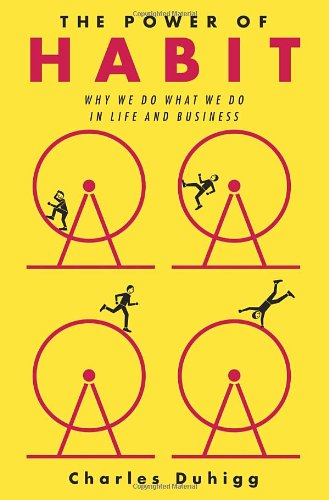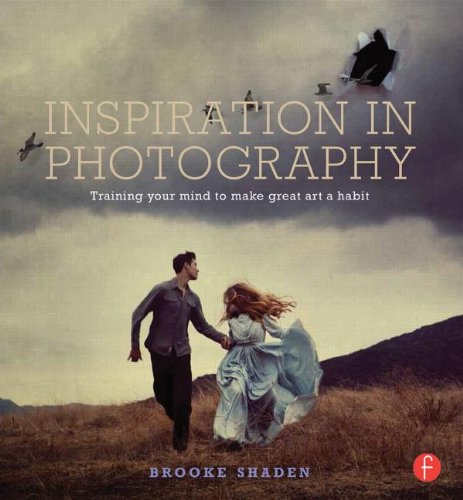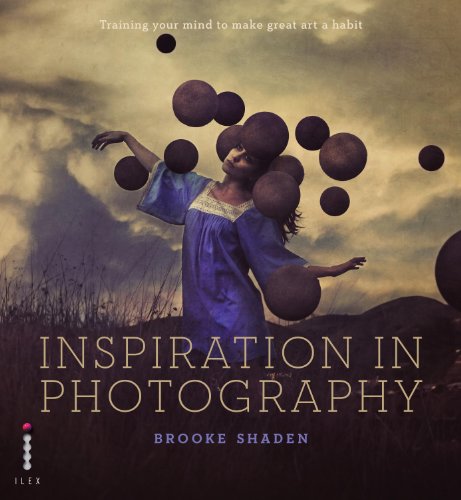
NAMED ONE OF THE BEST BOOKS OF THE YEAR BY
The Wall Street Journal • Financial Times
A young woman walks into a laboratory. Over the past two years, she has transformed almost every aspect of her life. She has quit smoking, run a marathon, and been promoted at work. The patterns inside her brain, neurologists discover, have fundamentally changed.
Marketers at Procter & Gamble study videos of people making their beds. They are desperately trying to figure out how to sell a new product called Febreze, on track to be one of the biggest flops in company history. Suddenly, one of them detects a nearly imperceptible pattern—and with a slight shift in advertising, Febreze goes on to earn a billion dollars a year.
An untested CEO takes over one of the largest companies in America. His first order of business is attacking a single pattern among his employees—how they approach worker safety—and soon the firm, Alcoa, becomes the top performer in the Dow Jones.
What do all these people have in common? They achieved success by focusing on the patterns that shape every aspect of our lives.
They succeeded by transforming habits.
In The Power of Habit, award-winning New York Times business reporter Charles Duhigg takes us to the thrilling edge of scientific discoveries that explain why habits exist and how they can be changed. With penetrating intelligence and an ability to distill vast amounts of information into engrossing narratives, Duhigg brings to life a whole new understanding of human nature and its potential for transformation.
Along the way we learn why some people and companies struggle to change, despite years of trying, while others seem to remake themselves overnight. We visit laboratories where neuroscientists explore how habits work and where, exactly, they reside in our brains. We discover how the right habits were crucial to the success of Olympic swimmer Michael Phelps, Starbucks CEO Howard Schultz, and civil-rights hero Martin Luther King, Jr. We go inside Procter & Gamble, Target superstores, Rick Warren’s Saddleback Church, NFL locker rooms, and the nation’s largest hospitals and see how implementing so-called keystone habits can earn billions and mean the difference between failure and success, life and death.
At its core, The Power of Habit contains an exhilarating argument: The key to exercising regularly, losing weight, raising exceptional children, becoming more productive, building revolutionary companies and social movements, and achieving success is understanding how habits work.
Habits aren’t destiny. As Charles Duhigg shows, by harnessing this new science, we can transform our businesses, our communities, and our lives.
A Q&A with Author Charles Duhigg
 What sparked your interest in habits?
What sparked your interest in habits?
I first became interested in the science of habits eight years ago, as a newspaper reporter in Baghdad, when I heard about an army major conducting an experiment in a small town named Kufa.
The major had analyzed videotapes of riots and had found that violence was often preceded by a crowd of Iraqis gathering in a plaza and, over the course of hours, growing in size. Food vendors would show up, as well as spectators. Then, someone would throw a rock or a bottle.
When the major met with Kufa’s mayor, he made an odd request: Could they keep food vendors out of the plazas? Sure, the mayor said. A few weeks later, a small crowd gathered near the Great Mosque of Kufa. It grew in size. Some people started chanting angry slogans. At dusk, the crowd started getting restless and hungry. People looked for the kebab sellers normally filling the plaza, but there were none to be found. The spectators left. The chanters became dispirited. By 8 p.m., everyone was gone.
I asked the major how he had figured out that removing food vendors would change peoples’ behavior.
The U.S. military, he told me, is one of the biggest habit-formation experiments in history. “Understanding habits is the most important thing I’ve learned in the army,” he said. By the time I got back to the U.S., I was hooked on the topic.
How have your own habits changed as a result of writing this book?
Since starting work on this book, I’ve lost about 30 pounds, I run every other morning (I’m training for the NY Marathon later this year), and I’m much more productive. And the reason why is because I’ve learned to diagnose my habits, and how to change them.
Take, for instance, a bad habit I had of eating a cookie every afternoon. By learning how to analyze my habit, I figured out that the reason I walked to the cafeteria each day wasn’t because I was craving a chocolate chip cookie. It was because I was craving socialization, the company of talking to my colleagues while munching. That was the habit’s real reward. And the cue for my behavior – the trigger that caused me to automatically stand up and wander to the cafeteria, was a certain time of day.
So, I reconstructed the habit: now, at about 3:30 each day, I absentmindedly stand up from my desk, look around for someone to talk with, and then gossip for about 10 minutes. I don’t even think about it at this point. It’s automatic. It’s a habit. I haven’t had a cookie in six months.
What was the most surprising use of habits that you uncovered?
The most surprising thing I’ve learned is how companies use the science of habit formation to study – and influence – what we buy.
Take, for example, Target, the giant retailer. Target collects all kinds of data on every shopper it can, including whether you’re married and have kids, which part of town you live in, how much money you earn, if you’ve moved recently, the websites you visit. And with that information, it tries to diagnose each consumer’s unique, individual habits.
Why? Because Target knows that there are these certain moments when our habits become flexible. When we buy a new house, for instance, or get married or have a baby, our shopping habits are in flux. A well-timed coupon or advertisement can convince us to buy in a whole new way. But figuring out when someone is buying a house or getting married or having a baby is tough. And if you send the advertisement after the wedding or the baby arrives, it’s usually too late.
So Target studies our habits to see if they can predict major life events. And the company is very, very successful. Oftentimes, they know what is going on in someone’s life better than that person’s parents.
Product Features
- by Charles Duhigg The Power of Habit: Why We Do What We Do in Life and Business
- The Power of Habit: Why We Do What We Do in Life and Business by Charles Duhigg



 What sparked your interest in habits?
What sparked your interest in habits? 